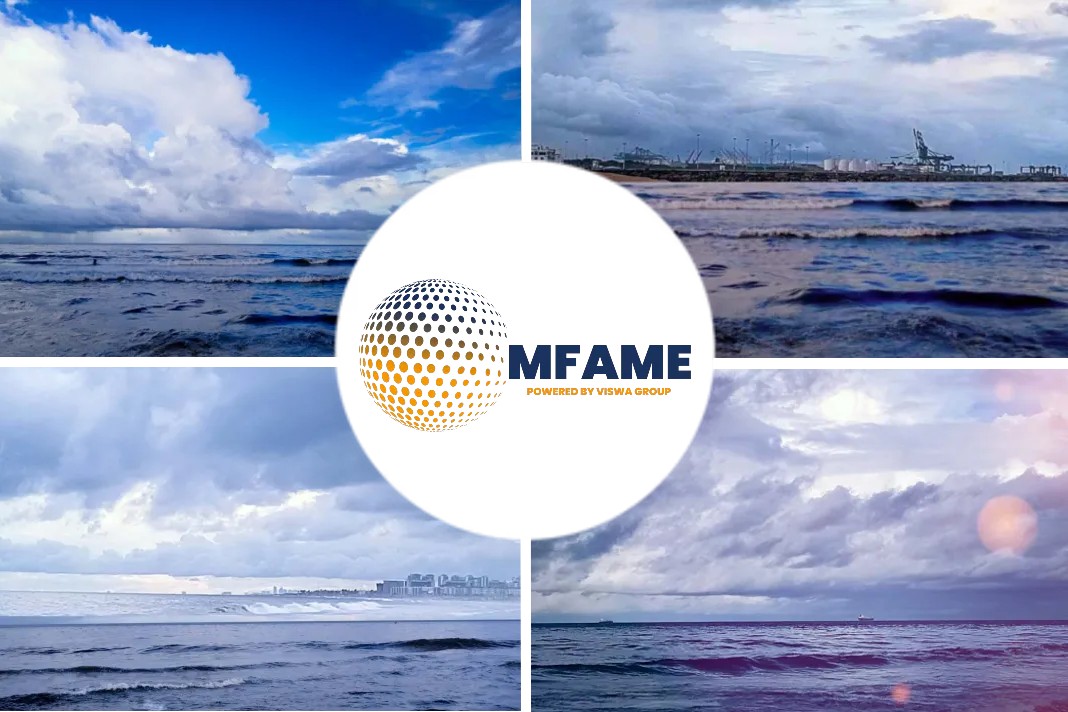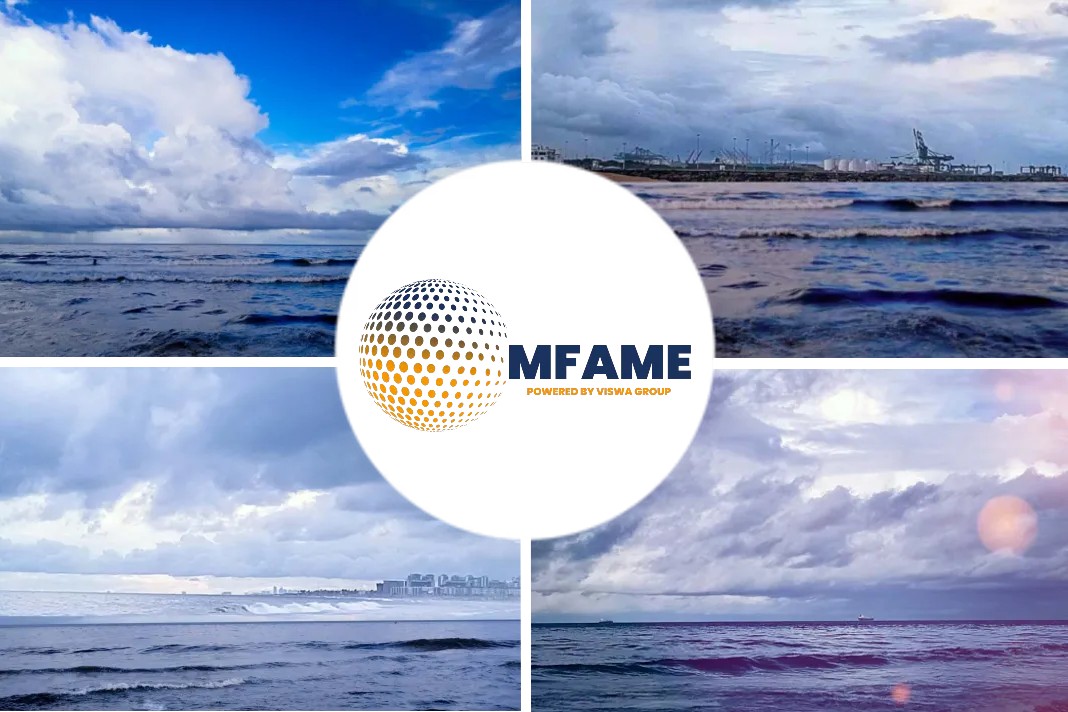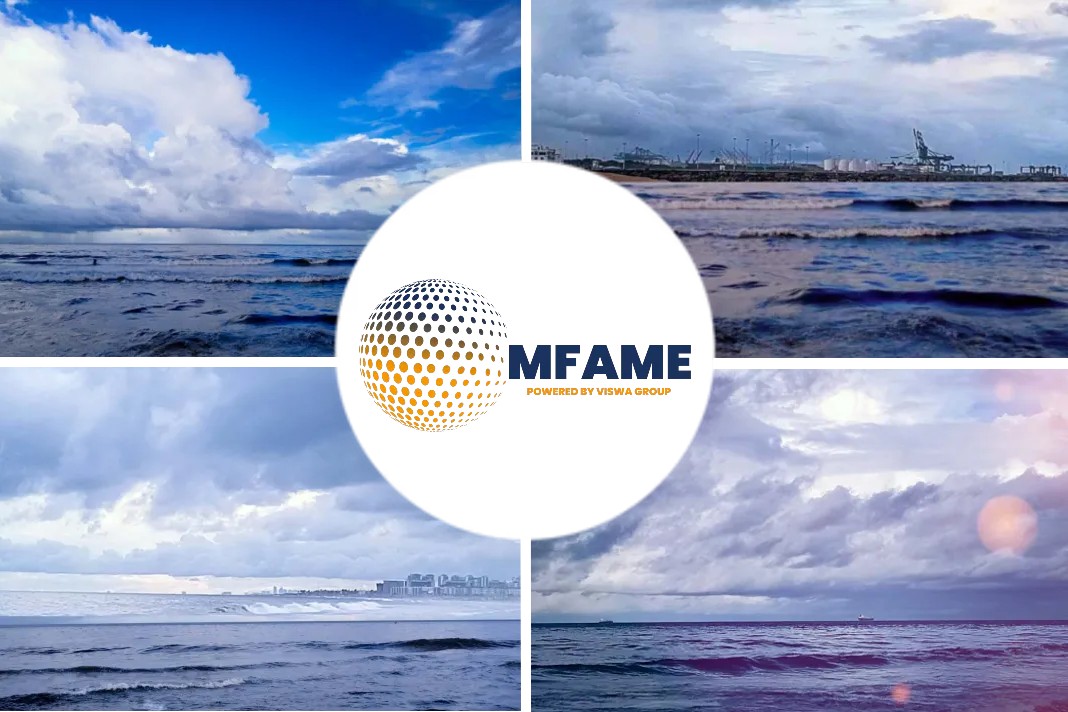- Coronavirus keeps US gas oversupplied as LNG demand wanes.
- With gas supply expected to tighten through the fourth quarter, forwards prices at the Henry Hub, Appalachian benchmark Dominion South and the Permian Basin’s Waha hub have hit annual highs in recent trading.
- The downward pressure will remain on spot prices because there is so much supply in the market.
Onshore domestic and export prices for US natural gas continue to hover just above record lows this week as strong production outpaces demand, write J. Robinson, Harry Weber and Joe Fisher for Platts.
Anticipated cuts in associated gas production – which could range between 3 Bcf/d and 15 Bcf/d in April, May and June – could help offset demand destruction related to the coronavirus pandemic, S&P Global Platts Analytics forecasts show.
With gas supply expected to tighten through the fourth quarter, forwards prices at the Henry Hub, Appalachian benchmark Dominion South and the Permian Basin’s Waha hub have hit annual highs in recent trading.
Henry Hub prices
In the global market, continued demand weakness and low import prices in Europe and Asia could keep higher-priced Henry Hub-linked exports out of the money, potentially limiting utilization rates at US LNG export terminals as early as the third quarter.
“Fundamentals are now starting to point in a bearish direction in Asia, especially outside of China,” said Jeffrey Moore, Platts Analytics manager for LNG in Asia, during a Platts webinar. “There simply is less demand available within Asia than what we expected at the beginning of the year.”
Moore added, “It’s our expectation that downward pressure will remain on spot prices because there is so much supply in the market.”
Prices
- Export prices for LNG shipped FOB from the US Gulf Coast were assessed Wednesday at $1.60/MMBtu, up 30 cents from a record low in late March.
- Import prices for LNG delivered to Northeast Asia are hovering just above record lows, with Platts JKM assessed Wednesday at $2.40/MMBtu.
- US Henry Hub cash prices traded Wednesday near $1.80/MMBtu; on April 3 the benchmark index tumbled to a 21-year low at $1.45/MMBtu.
- Balance-2020 forwards prices at the Henry Hub settled at a four-week high of $2.14/MMBtu Tuesday amid anticipated cuts to associated gas production in the months ahead.
- Appalachian benchmark Dominion South forwards prices for peak-winter 2020-21 edged up to a five-month high near $2.40/MMBtu, amid similar expectations for lower gas production.
- Waha Q1-2021 forwards prices are down from a six-month high this week as construction activity remains suspended along a portion of Kinder Morgan’s Permian Highway Pipeline following a fluid spill.
LNG
- After a year-long freeze, five tankers carrying US LNG appeared headed to China. The receiving companies are expected to have exemptions removing 25% import tariffs, industry sources say.
- India’s lockdown and other virus-containment measures across South Asia are pulling regional LNG demand down to near year-ago levels, Platts Analytics data shows.
- The Suez Canal Authority through June 30 is offering LNG tankers that load on the US Gulf Coast and deliver to East Asia a rebate of 75% of normal tolls. Deliveries through the canal to ports in the Arabian Gulf and India are eligible for rebates of 35%-55%.
- Low spot prices are prompting cargoes from the US to stay on the water longer in the hope of improved netbacks later. Voyage times for tankers from the US Gulf Coast to East Asia are averaging three days longer than during the same period a year ago, Platts Analytics data show.
Supply, demand, exports, storage
- US gas production, averaging 92 Bcf/d month to date, is down about 200 MMcf/d from March, possibly reflecting the start of a slowdown in associated output.
- Gas-fired power burn remains robust at an average 26.5 Bcf/d this month as demand for the low-priced fuel remains sticky – despite a recent 5% to 6% decline in US electricity load.
- Gas share of thermal load has climbed in ISOs such as PJM and MISO. Areas with earlier social distancing measures such as CAISO and NYISO have started to see top line power demand weaken. As gas balances tighten, gas-to-coal switching could become a trend by next winter
- Gas demand from the typically unmoving industrial sectors is averaging 22.5 Bcf/d over the past 14 days, down 500 MMcf/d from year-ago levels.
- US LNG feedgas demand has dropped to an average 8.3 Bcf/d in April with pipeline maintenance recently limiting deliveries to Cheniere Energy’s Sabine Pass terminal.
- US pipeline exports to Mexico dropped below 5 Bcf/d this week as maintenance on the NET Mexico Pipeline limits deliveries to end-users south of the border.
- In a likely final withdrawal of the winter season, US gas storage levels dropped to 1.986 Tcf for the week ended March 27 – a 292 Bcf surplus to the five-year average, EIA data shows.
- Emerging cuts in wet gas production and higher US gas exports could limit gas injections from Q2 to Q3, leaving pre-winter stocks around 3.8 Tcf.
Infrastructure
- The total US rig count dropped to 721 last week, the lowest since December 2016; Permian rigs were estimated at 376 – their lowest since December 2018.
- Near-term reductions in US crude output could drive large declines in associated gas production by 2021. Dry production volumes from the Haynesville and Appalachia could see significant growth in response to tighter supply and higher prices.
- Negative LNG netbacks to the US are seen persisting for the remainder of 2020, lessening the likelihood for new projects to advance in 2020. Platts Analytics expects projects already under construction to proceed, even as some reduce staff at work sites.
- US LNG suppliers could begin reducing utilization at terminals starting in Q3, according to Platts Analytics
- Europe will enter injection season with record high storage, likely pushing back on already distressed global LNG supplies
- Large cuts in Russian gas supply to Europe are likely needed to keep storage from filling prematurely. Russian gas exports remain steady through March.
- Demand for gas to produce US LNG continues to grow, but overall utilizations of new US trains will decline in the months ahead as global demand growth slows and Henry Hub gas prices compete against record-low global prices.
- ExxonMobil delayed a final investment decision for the Rovuma LNG project in Mozambique, which had been expected later this year.
- BP has flagged a delay of one year to the start-up of its planned Greater Tortue Ahmeyim LNG project offshore Mauritania and Senegal due to the pandemic, Golar LNG – which is contracted to supply the project’s floating production vessel.
Did you subscribe to our daily newsletter?
It’s Free! Click here to Subscribe!
Source: Platts



























